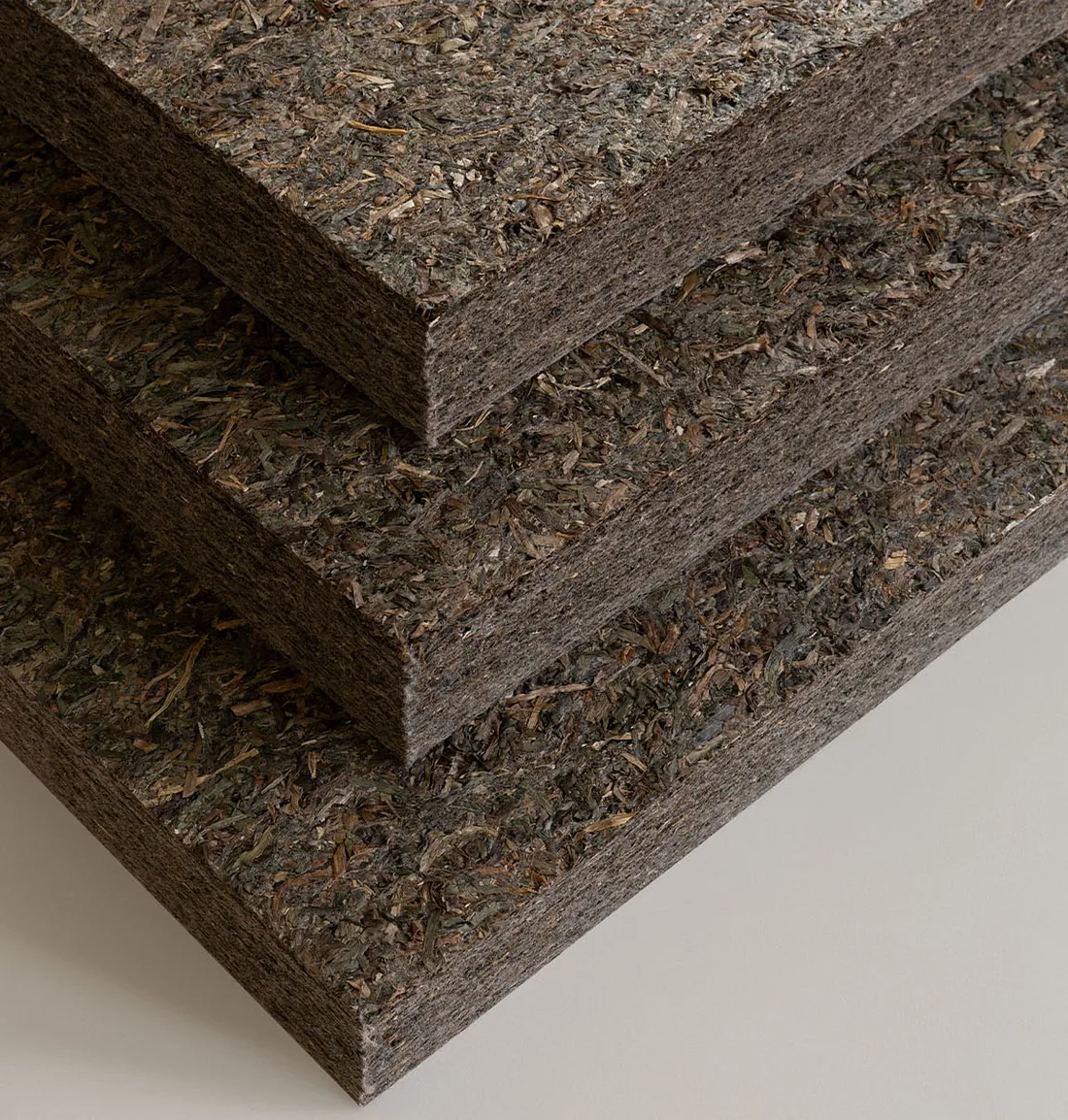Transitioning from Files to Web-Based Data in the AEC Industry
The AEC (Architecture, Engineering, and Construction) industry is witnessing a significant shift from traditional file-based workflows to cloud-based data management systems. This transition is driven by a desire for greater efficiency, collaboration, and access to real-time information. In this article, we’ll explore the evolving landscape of data management in the AEC sector, with a focus on Autodesk’s efforts to lead this transformation.
The Problem with Files

Generated using DALL·E 3
For decades, the AEC industry heavily relied on files, particularly formats like Revit’s RVT files. While these files were a standard for storing project data, they had their limitations. Large projects often suffered from slow loading times, data corruption, and difficulties in collaboration, especially when teams were dispersed geographically. As projects became more complex, the need for a better data management solution became apparent.
The Rise of Cloud-Based Data
Autodesk, a major player in the AEC software arena, recognized the need to evolve beyond files and embrace cloud-based data management. Their vision is to create a unified database that stores all project-related information, from architectural designs to structural details, and even geographical data. This unified database allows for seamless collaboration, instant updates, and real-time access to project data, regardless of the user’s location.
The Unified Schema

Blueprint image from istock
One of the challenges in this transformation is defining a unified schema, a blueprint for storing information in the database. Autodesk’s various divisions must agree on the schema to ensure consistency and compatibility across their products. This schema defines how data, from units to project information, is structured within the unified database.
The Promise of Cloud-Based Data
Moving away from files to cloud-based data brings several advantages. It enables efficient data storage and retrieval, even for massive projects. It allows for real-time collaboration, making it easier for teams to work together seamlessly. Additionally, cloud-based databases can optimize data for specific tasks, resulting in faster rendering and improved performance.
Ownership and Security Concerns

Members of Autodesk Security team
However, this transition raises concerns about data ownership and security. Users worry that their data could be locked into proprietary formats or become vulnerable to unauthorized access. Autodesk has emphasized its commitment to openness and API access, but users remain cautious and seek reassurance that their data will remain accessible and secure.
Interoperability and Open BIM

Another important consideration is interoperability with other software and the concept of Open BIM. The industry needs solutions that allow data to flow freely between different applications, ensuring that users are not locked into a single ecosystem. Open BIM principles emphasize collaboration and data exchange, regardless of the software used.
The Future of AEC Data
The AEC industry is at a pivotal moment, transitioning from file-based workflows to cloud-based data management systems. Autodesk’s vision of a unified database promises significant improvements in efficiency and collaboration. However, the industry must address concerns about data ownership, security, and interoperability to ensure a smooth transition.
In conclusion, while the journey from files to web-based data is filled with challenges, it offers tremendous potential for innovation and efficiency in the AEC sector. The key lies in balancing the benefits of cloud-based data with the need for data ownership, security, and interoperability. As the industry evolves, collaboration among stakeholders and a commitment to open standards will play a crucial role in shaping its future.
If you enjoyed this read you can check the data section on 2050 Materials blog for similar articles.
Related articles

8 Fabrics with Sustainable Properties for a Greener Future.
Explore 8 of the most innovative products in the fabrics category available on the 2050 Materials platform.
Read more
11 Stone Materials Redefining Sustainability in Construction
In this article, we’ll explore some of the most interesting and innovative stone products available today, each selected for its exceptional sustainability performance.
Read more
12 Acoustic Products Revolutionizing Sound and the Environment
These acoustic products stand out for their sustainability credentials and can contribute significantly to achieving climate targets in building projects.
Read more